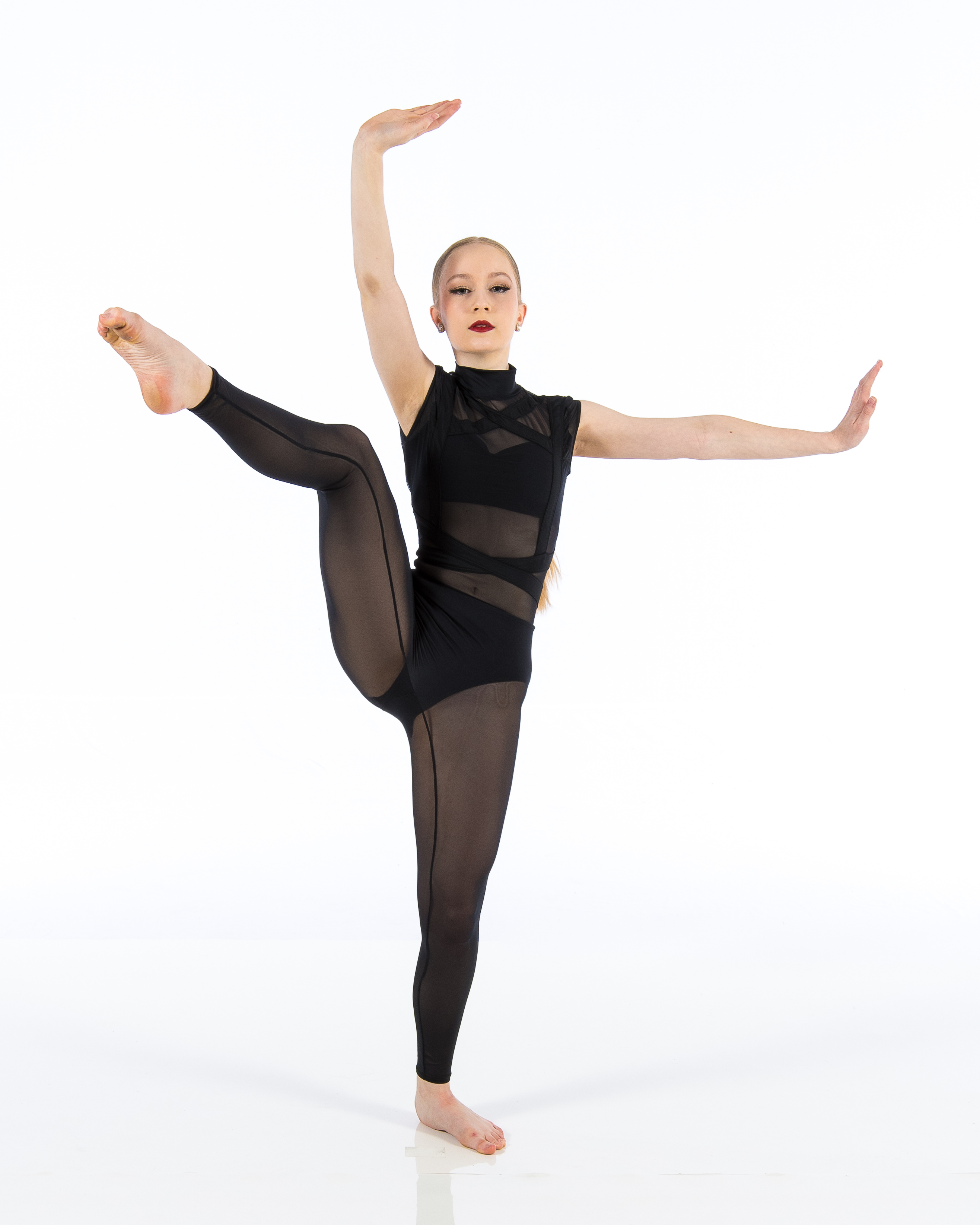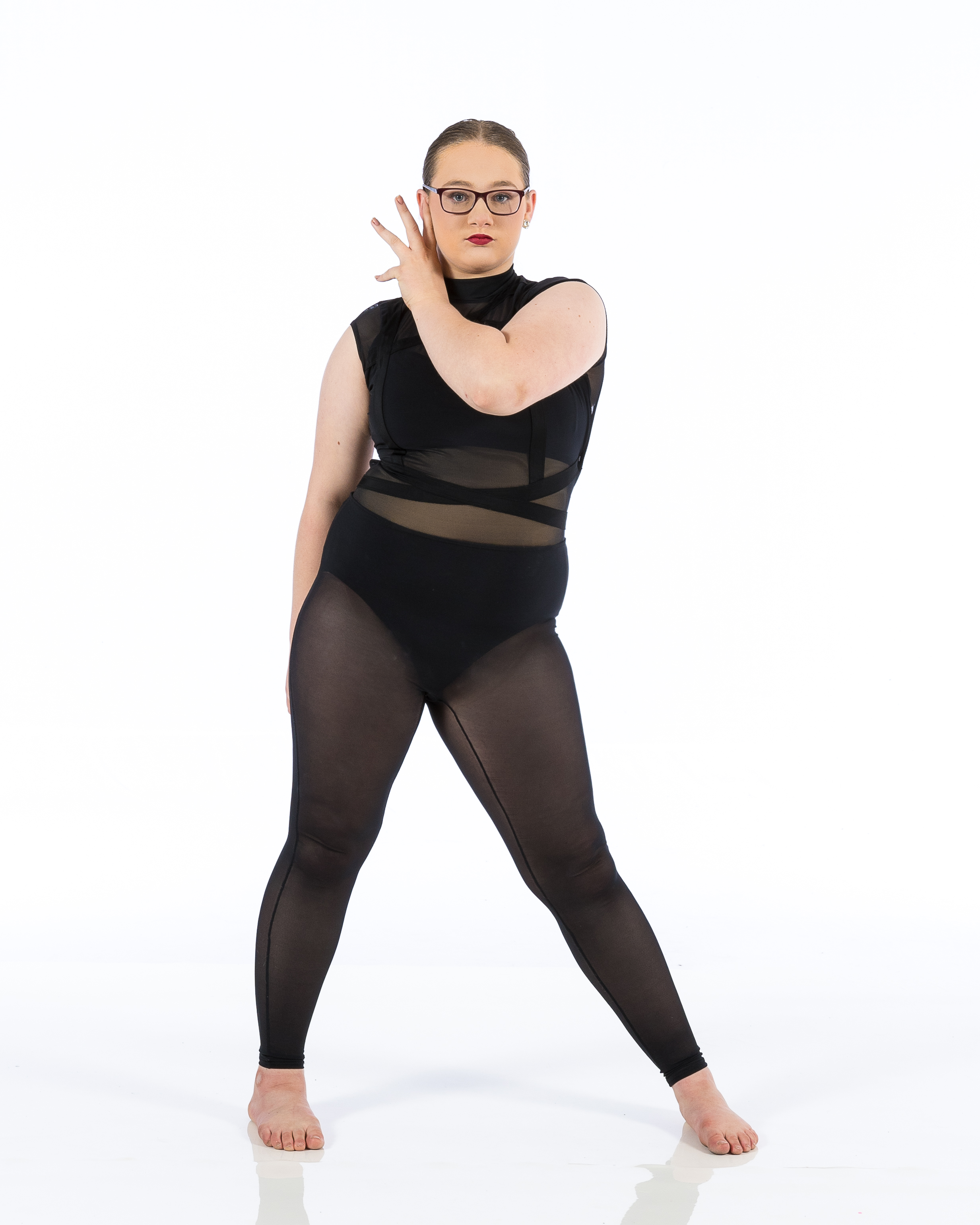Introduction
Dancing is more than just a form of entertainment; it’s a transformative experience that can positively influence our emotional well-being. Many people often wonder, how could a simple act like dancing in a studio environment contribute to overall mental health? Well, the answer lies in the intricate relationship between movement and emotion. In this article, we will explore Dancing Through Life: The Emotional Benefits of Studio Classes in depth, diving into the many ways studio classes enhance our emotional and psychological states.
Dance Studio: A Sanctuary for Expression
When you think about a dance studio, what comes to mind? For many, it's a place filled with mirrors, bright lights, and enthusiastic instructors. But it’s so much dance studio more than that. A dance studio serves as a sanctuary where individuals can express themselves freely without fear of judgment. This freedom fosters creativity and helps to alleviate stress and anxiety.
The Environment: A Catalyst for Emotional Release
The ambiance of a dance studio plays a significant role in emotional well-being. With its inviting atmosphere, participants feel safe to explore their emotions through movement. The combination of music, rhythm, and physical expression allows individuals to release pent-up feelings. In essence:
- Music elevates moods. Movement stimulates endorphins. Social interactions build connections.
This triad creates an optimal environment for emotional healing.
The Role of Dance Styles in Emotional Expression
Different styles of dance evoke various emotions. For instance:
- Ballet may cultivate grace and discipline. Hip-hop can channel energy and rebellion. Contemporary often reflects raw sentiments.
Each dance form offers unique avenues for expressing feelings. Engaging in these diverse styles enables dancers to tap into different aspects of their emotional selves.
Building Confidence Through Dance
Overcoming Insecurities in the Dance Studio
Many individuals enter a dance studio filled with insecurities—whether it’s about their bodies or their skills. However, as they progress through classes:

These elements work together to create an environment where self-esteem flourishes.
The Impact of Performance on Self-Esteem
Performing is often seen as the pinnacle of dancing—a moment when all practice culminates into something beautiful and shared with others. Performing in showcases or competitions can significantly boost confidence levels:
- It validates hard work. It encourages risk-taking. It promotes resilience against failure.
What better way to conquer stage fright than by stepping confidently onto that stage?
Social Connection: The Heartbeat of Dance Classes
Creating Lasting Friendships in the Studio
One major benefit of participating in dance classes is the social aspect they provide. When people come together to learn choreography or engage in freestyle dancing, connections naturally form:

These relationships often extend beyond the dance floor, providing support systems that enhance emotional well-being.
The Power of Community Engagement through Dance
Joining a class at your local dance studio means becoming part of something bigger—a community passionate about movement and expression. This sense of belonging is crucial for mental health:
- It combats loneliness. It fosters inclusivity. It provides resources for personal growth.
Whether through group classes or community events, engaging socially through dance enriches lives profoundly.
Stress Relief: Dancing Away Tension
Physical Activity as Stress Relief
Physical movement releases tension stored in muscles while also stimulating the production of endorphins—our body's natural stress relievers:
- Increased blood flow enhances mood. Regular movement reduces cortisol levels (the stress hormone).
Thus, dancing becomes not just enjoyable but also therapeutic!
Dance as Mindfulness Practice
Ever noticed how zoning out during your favorite song feels? That’s mindfulness at work! Dance encourages being fully present in the moment:
Focus on body movements diverts attention from worries. Music promotes relaxation and joy.Engaging fully transforms stressful thoughts into moments of blissful existence.
Emotional Healing Through Dance Therapy
Understanding Dance Movement Therapy (DMT)
Dance Movement Therapy (DMT) uses movement to promote emotional, cognitive, physical, and social integration within individuals:
Clients express themselves nonverbally. Therapists observe movements revealing underlying issues. Safe environments encourage exploration without words.For those grappling with trauma or emotional challenges, DMT can be particularly effective at fostering healing through self-expression.
How DMT Can Aid Mental Health Issues
Research has shown that DMT helps manage conditions like depression and anxiety by allowing participants to externalize emotions they may be struggling to articulate verbally:
- Body awareness leads to heightened self-reflection, Kinesthetic learning promotes new coping strategies,
Overall promoting holistic wellness pathways!
Embracing Vulnerability Through Dance Classes
Letting Go: The Courage to Be Vulnerable
In life—much like on stage—revealing our true selves requires courage! Dance classes offer an ideal platform for embracing vulnerability:
Participants confront fears head-on:
- Fear of failure Fear of judgment
- Individuals embrace imperfection Creativity thrives unencumbered by expectations
Vulnerability nurtures authenticity—both essential ingredients for emotional growth!
Transforming Vulnerability into Strength Through Performance Artistry
Every time dancers take center stage despite nerves speaks volumes about resilience! Here’s how performing cultivates strength from vulnerability:
Facing fears head-on creates empowerment; Sharing authentic stories resonates deeply with audiences; Taking risks opens doors toward growth opportunities!By transforming vulnerability into artistry–dancers emerge stronger than ever before!
Mind Body Connection: The Synergy Between Movement & Emotion
Unleashing Inner Emotions Through Physical Expression
Dance embodies an extraordinary intersection where physicality meets emotion—the synergy manifests beautifully!
1) Engaging muscles stimulates neurological connectivity; 2) Interpreting music invites introspection;
As dancers embody expressive movements—they let loose pent-up feelings freeing them from constraints!
The Neuroscience Behind Dance & Emotions
Research indicates that movement influences neurotransmitter activity affecting mood regulation:
- Dopamine release heightens pleasure sensations; Serotonin boosts happiness;
Through understanding these biological mechanisms—we appreciate how impactful simply moving our bodies can be!
Finding Joy Within Movement: Rediscovering Playfulness
Reconnecting With One's Inner Child
Participating regularly allows individuals re-experience joy akin childhood playtime!
1) Encourages spontaneity; 2) Fosters creativity without boundaries;

This playful exploration brings laughter back into lives while cultivating happiness along journey!
Unlocking Creative Potential via Playful Exploration
Exploring improvisational styles taps hidden talents waiting discovery!
1) Freedom unlocking creativity sparks innovation; 2) Encouraging outside-the-box thinking enriches life experiences;
Through playfulness—we find renewed inspiration igniting passion even amidst challenges faced daily!
Conclusion: Embracing Life's Rhythms through Dance Studios
In conclusion—dance studios serve as transformative spaces enhancing emotional well-being across various dimensions! From building confidence friendships—to relieving stress promoting mindfulness—these environments foster holistic growth nurturing our spirits beautifully!
So why not step foot into your local dance studio today? Unleash your inner dancer reveling every moment alongside wonderful souls sharing similar passions—together we’ll navigate life's rhythms gracefully discovering profound joys along way!
Frequently Asked Questions (FAQs)
1) What are some common styles offered in dance studios?
Most studios provide a variety such as ballet, jazz, hip-hop, contemporary, salsa among others catering diverse interests!
2) How does dancing improve mental health?
Dancing releases endorphins reducing stress while enhancing mood promoting overall psychological wellness through joyful expression!
3) Can anyone join dance classes regardless skill level?
Absolutely! Many studios welcome beginners offering introductory courses encouraging everyone participate irrespective experience background ensuring inclusivity!
4) Is there any age restriction for participating?
Not at all! Studios cater students across ages—from toddlers exploring basic movements seniors rediscovering vitality—dance truly transcends boundaries!
5) Do I need special attire before attending class?
While comfortable clothing suitable movement recommended—it’s best consult specific class requirements beforehand ensuring readiness participate fully enjoy experience together!
6) Are there competitive opportunities available within studios?
Yes indeed! Many offer chances showcase talent competitions cultivating spirit friendly rivalry encouraging growth development dancer community thrives upon commitment excellence!